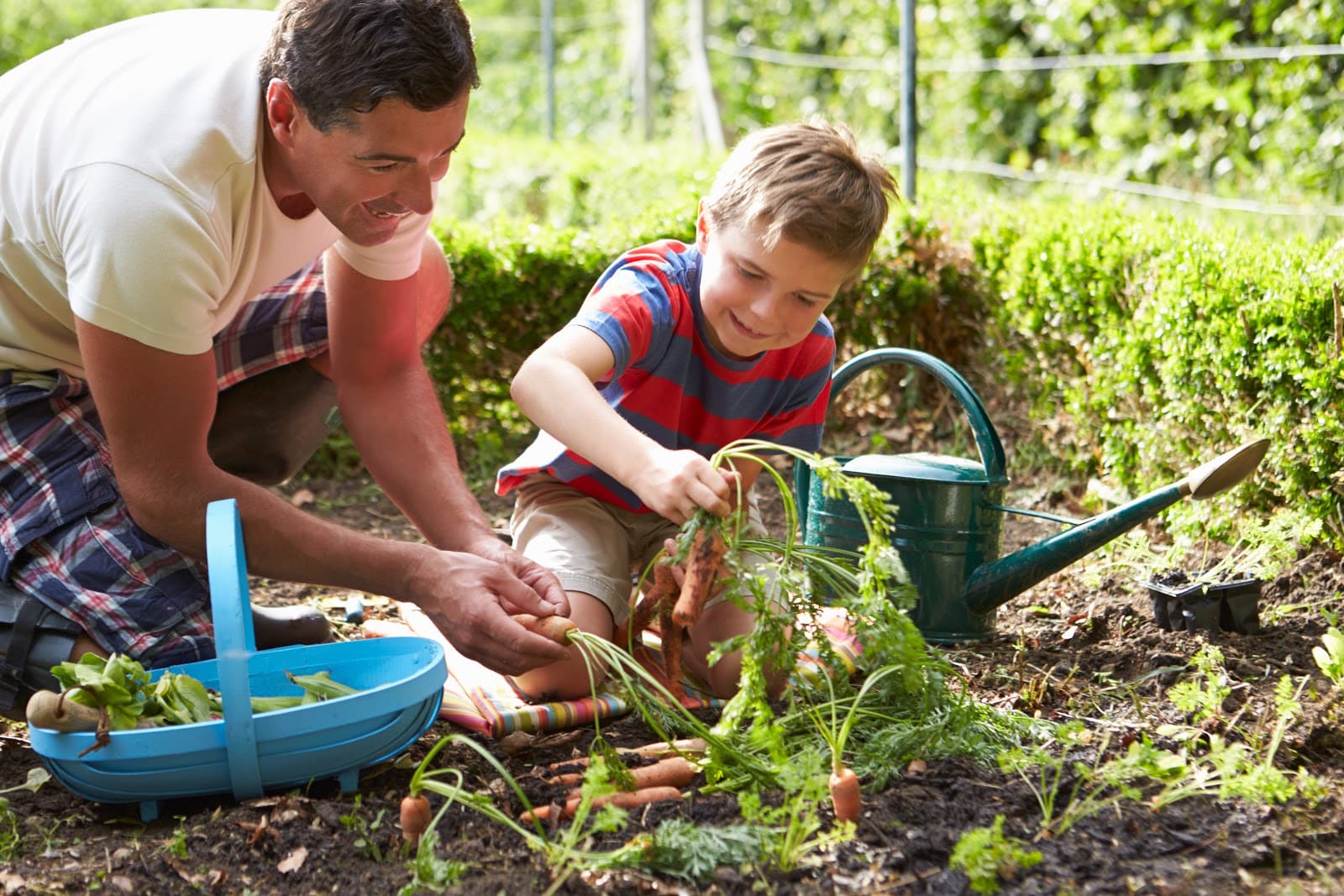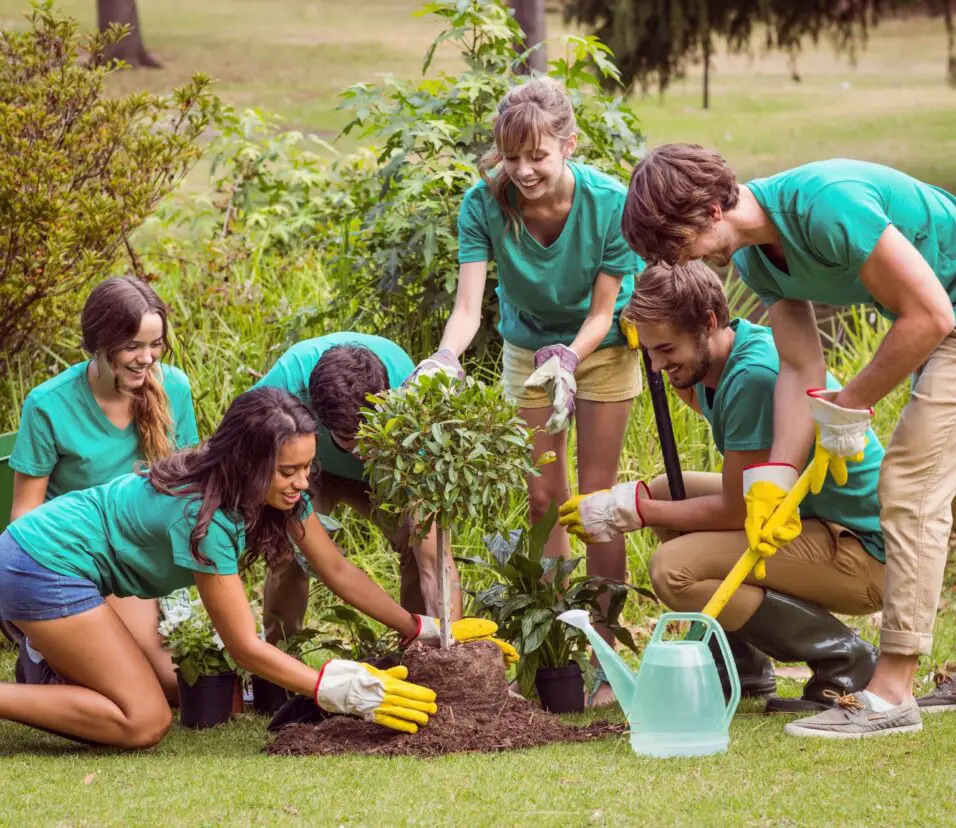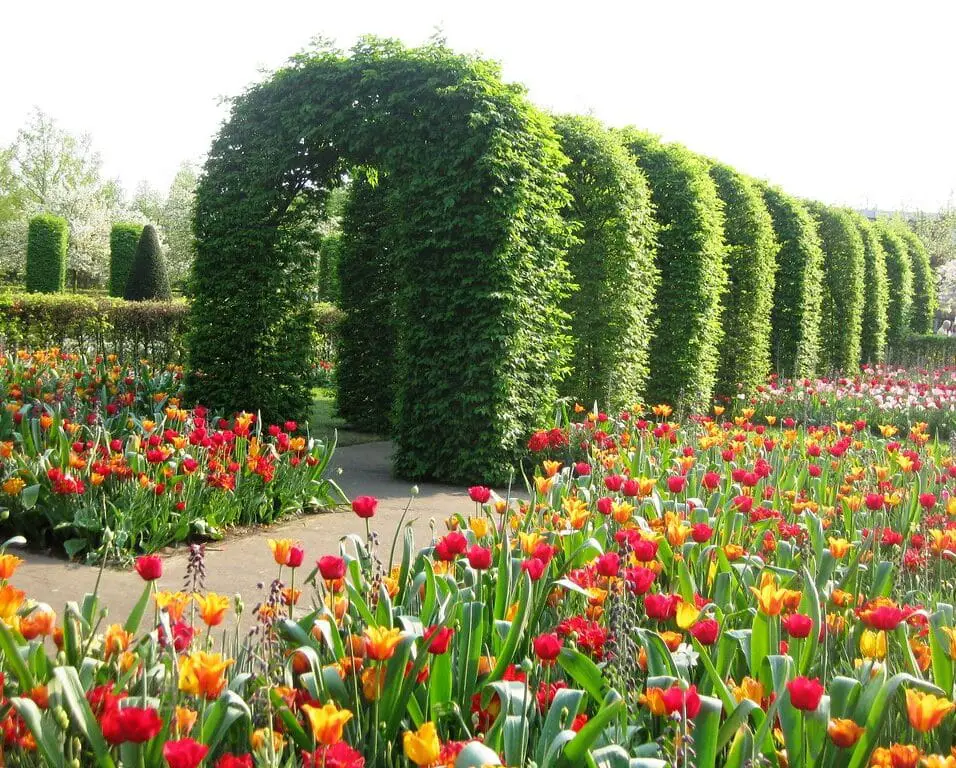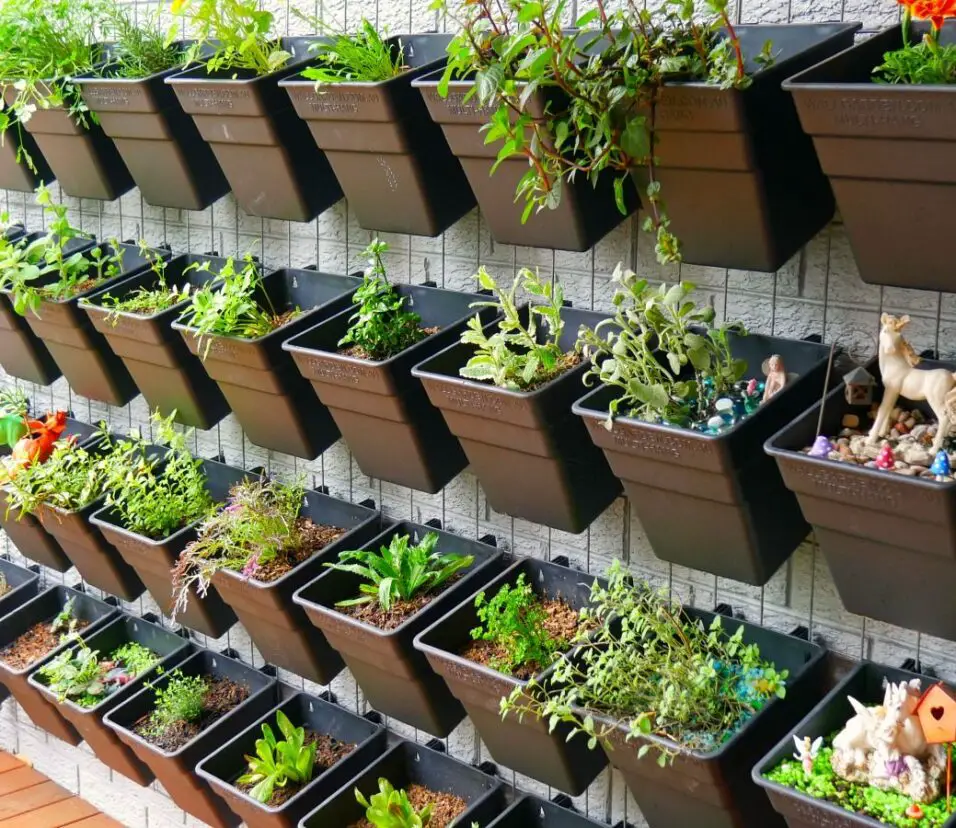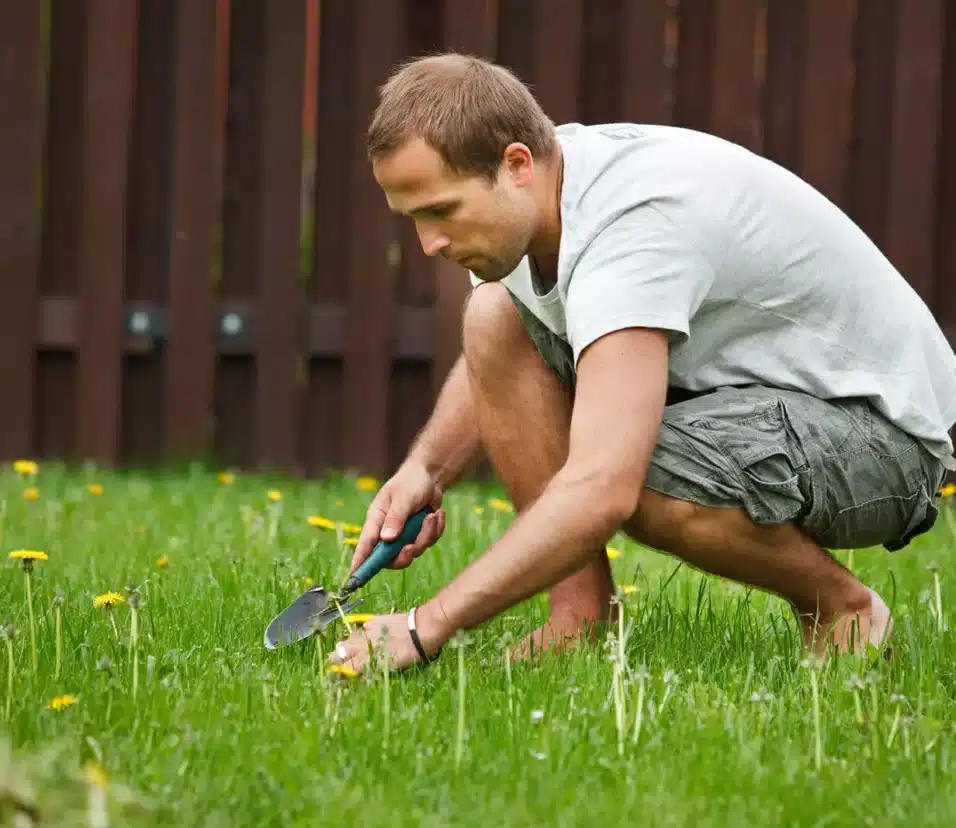What Does Naturalizing Mean In Gardening
introduction
What Does Naturalizing Mean In Gardening: Naturalizing in gardening refers to the process of creating a garden that mimics the natural environment and encourages the growth of native plants. It involves designing and maintaining a market gardening in a way that allows plants to thrive without excessive human intervention. Naturalizing is a popular approach among gardeners who want to create a more sustainable and environmentally-friendly garden.
Using native plants that do well in the area’s temperature and soil is one of the most important parts of naturalizing. Over time, these plants have changed to adapt to and do well in their current surroundings. This has made them more resilient and less reliant on man-made inputs like pesticides and fertilizers. People who garden can make a beautiful garden that also helps local wildlife by choosing native plants.
Naturalizing means using native plants and making places for wildlife to live that are appealing to and safe for them. This can be done by designing the yard with things like bird feeders, bird baths, and butterfly gardens. Many species can find food, water, and shelter in these areas, which helps make the environment more stable and long-lasting.
In general, naturalizing means planting in a way that works with nature instead of against it. Making a garden that works with nature and helps plants and animals stay healthy is what it means to grow organically. Gardeners can have less of an effect on the environment and make a garden that will last longer and do better for years to come by following naturalizing principles.
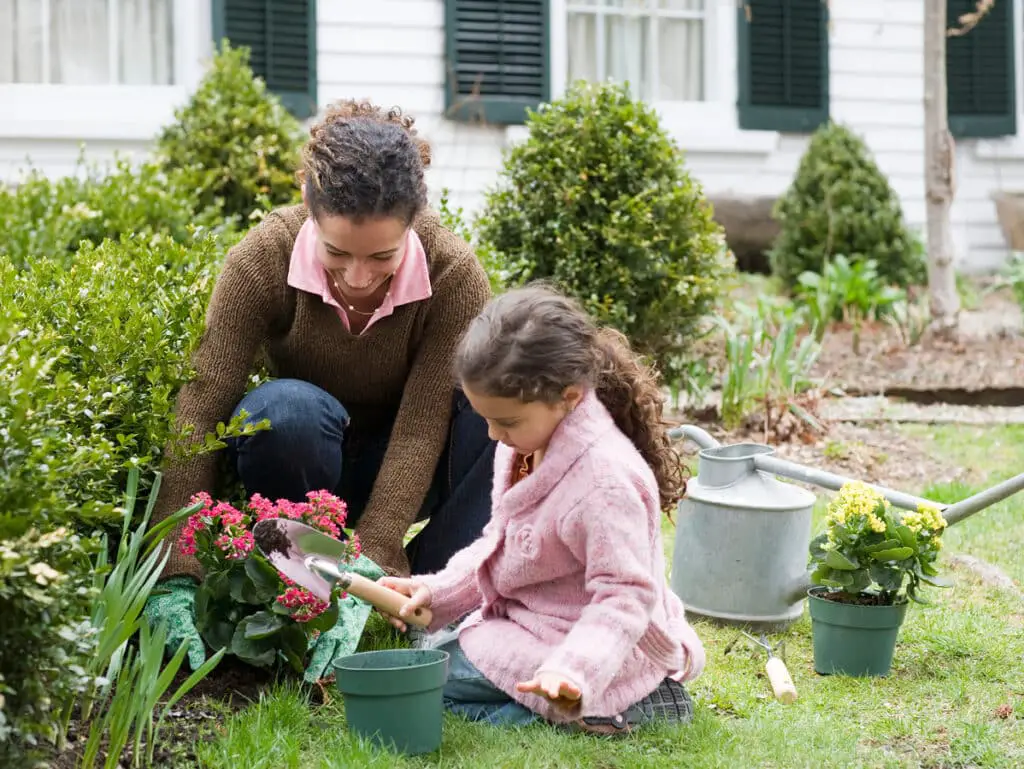
What does it mean for a plant to be naturalizing?
What does “naturalizing” mean? “Naturalized” plants are not native to the area, but they still grow back, spread, and bring in bees. Perennials come back every year but don’t make seeds very often or ever.
This means that the plant can grow and spread on its own in a certain place, without any help from people. Plants can grow in their new home and make groups that can take care of themselves once they are fully established. Landscapers and people who like plants often think this is a good thing because it can make the area better and more varied.
When plants get used to their new home, they usually do well with the weather, dirt, and other things in it. While local plants are present, they are able to get what they need and settle down in the area. Some of the ways this plant changes and spreads are through making a lot of seeds or finding clever ways to get them to other places.
It’s important to know that plants that have died out in other places can grow back and spread on their own. Plants and farmers don’t have to plant or spread them; they can just form new groups and spread their area. Pets, wind, and water are some of the things they count on to spread their seeds and form new groups.
Putting plants back where they belong can lead to both good and bad things. Many species can be kept alive by adding new species to an area and making sure animals have a home and food. They can also keep the ground stable, keep water from running off, and clean the water. Some plants that grow in the wild, on the other hand, can spread and beat out local species. It can throw the environment out of whack and cause species to go extinct.
To return year after year as a perennial.
Perennializing means making plants that can live and do well for more than one year. Annual plants only live for one growing season and then die. Perennial plants, on the other hand, can grow back and bloom every year. In the farming and horticulture fields, this word is often used to describe the process of making plants that can live in a lot of different conditions.
For many gardeners, perennializing is a good idea because it cuts down on the need to replant and helps them make a yard that will last longer. The roots of evergreen plants tend to go deeper into the ground, which lets them get water and nutrients from further down. They will be better able to deal with hunger and other bad things.
You can make plants last longer in a number of different ways. People often choose and grow perennial plants instead of yearly ones when they garden. Instead of annual flowers that need to be put all over again every year, gardeners can choose flowers that stay in one place. Many kinds of flowers grow back every year.
You could also make sure that annual plants have all the things they need to grow well. Making sure the soil is ready, getting enough water, and getting the right fertilizer are all parts of this. People who garden can help evergreen plants live and grow for a long time by making sure the weather is right.
For perennializing to work, you may also need to divide and spread established plants. A lot of perennial plants can be split up and put in new places, where they can grow new leaves and stems. In addition to making new plants that can be put in different parts of the yard, this helps old plants get healthy again.
What does perennial Naturalising mean?
“Perennialize” bulbs will return year after year and reproduce underground. “Naturalize,” on the other hand, meaning the bulbs will proliferate by seed without care, spreading quicker.
Certain plants can grow and reproduce in a naturalized area without human intervention. Over time, these plants expand and colonize an environment due to their adaptability. Naturalization permanently integrates these plants into the local ecology.
Perennial plants live longer than two years and often return. Perennial plants can suffer harsh weather and hibernation before regrowing. They flourish and reproduce in naturalized environments due to their hardiness.
However, naturalising is when a plant adapts to a new habitat and reproduces without human intervention. This can happen through wind, water, or animal seed distribution or vegetative propagation, when new plants develop from existing roots or stems.
Perennial naturalising plants often adapt to their surroundings to thrive. They may have deep root systems to acquire water in dry locations or can survive high temperatures or soil conditions. These plants can outcompete native species and dominate the habitat by naturalising.
Perennial naturalising means plants can grow and reproduce without human interference. These plants adapt and thrive in their surroundings, colonizing an area and becoming part of the local ecosystem.
What is an example of naturalization?
Use the noun naturalization to describe what happens when someone becomes a brand new citizen of a country. If you’re born in one country but want to become a citizen of another, you’ll have to go through the process of naturalization.
Naturalization is the process by which a foreign individual becomes a citizen of a country where they were not born. It is a legal process that grants certain rights and privileges to the individual, such as the right to vote and the ability to hold public office. An example of naturalization can be seen in the United States, where millions of immigrants have become citizens through this process.
One example of naturalization in the United States is the story of Albert Einstein. Einstein, a renowned physicist, was born in Germany in 1879. He emigrated to the United States in 1933, fleeing the rise of the Nazi regime. After living in the U.S. for several years, Einstein decided to become a citizen. In 1940, he applied for naturalization and went through the necessary steps, including taking an oath of allegiance to the United States. He was granted citizenship in 1940 and became a proud American citizen.
Another example of naturalization is the story of Malala Yousafzai. Yousafzai, a Pakistani activist for female education, gained international recognition for her advocacy and was awarded the Nobel Peace Prize in 2014. After surviving an assassination attempt by the Taliban in 2012, Yousafzai and her family relocated to the United Kingdom. In 2017, she became a citizen of Canada, further solidifying her commitment to her cause and her new home.
These examples highlight the diverse backgrounds and contributions of individuals who have gone through the naturalization process. Naturalization allows immigrants to fully integrate into their adopted country, contributing to its culture, economy, and society. It is a testament to the values of inclusivity and diversity that many countries uphold, providing opportunities for individuals to become citizens and fully participate in their new communities.
What are the best tulips for Perennializing?
Some tulips are better suited for naturalizing or perennializing than others.
- Botanical tulips and their cultivars will multiply in number year after year.
- A few border tulips like the Darwin hybrid tulips, Fosteriana tulips and Kaufmanniana tulips are known to reliably rebloom.
Their lovely shape and vibrant colors make tulips one of the most famous flowers. Though normally considered annuals, some can flourish year after year. Making tulips perennial lets you enjoy their beauty without replanting them every year.
Picking the best tulips to survive for years requires some considerations. First, choose natural-growth varieties. These tulips develop and spread on their own, expanding the show. Famous tulips like “Apeldoorn,” “Red Emperor,” and “Queen of Night” can be cultivated outdoors.
Another consideration is tulip hardiness. Some perennial tulips thrive in colder climates, while others thrive in warmer climates. Choose local tulips for long-term success. Tulips like “Darwin Hybrid,” “Fosteriana,” and “Greigii” are hardy.
Think beyond how hardy and able to grow organically. Also crucial is tulip bloom timing. Planting tulips that bloom at different times in spring extends the spectacle. Choose a combination of early, mid, and late-blooming tulips to prolong their attractiveness.
Finally, consider how to care for your chosen tulips. Tulips may require more deadheading or splitting than others. Choose tulips that suit your gardening style and timeframe to ensure long-term success.
Gardeners call this “naturalizing”—letting plants grow and spread naturally. It involves creating a garden that promotes plants to self-seed and grow more, making it look natural and carefree. A naturalized yard seems wilder than a manicured one.
Allowing plants to grow wild creates a self-sustaining yard ecology. This means the plants can grow and reproduce without assistance. Plants from other regions add charm and authenticity to gardens.
How does naturalizing impact the overall appearance of a garden?
Naturalizing can have a significant impact on the overall appearance of a garden. By allowing plants to grow and spread in a more natural way, the garden takes on a more organic and harmonious look. Instead of rigidly arranged beds and borders, naturalized gardens often have a more relaxed and informal feel.
One of the key benefits of naturalizing is that it creates a sense of continuity and flow throughout the garden. Rather than having isolated patches of plants, naturalized gardens often have a seamless integration of different species, creating a more cohesive and unified look. This can be particularly effective in larger gardens, where naturalizing can help to create a sense of depth and perspective.
How does naturalizing impact the overall appearance of a garden?
Naturalizing includes planting plants to imitate their natural development patterns. This can make a garden look more organic and harmonious. Naturalizing looks more casual and informal than manicured gardens because plants spread and fill in.
Naturalizing is beneficial because it creates a more diverse wildlife habitat. The naturalizing properties of daffodils, tulips, and daylilies attract a variety of pollinators and other helpful insects. This beautifies the garden and supports local ecosystems and biodiversity.
What are some common plants that are known for their naturalizing abilities?
When you garden, “naturalizing” means letting plants grow and reproduce on their own, which gives the yard a more natural and carefree look. It includes choosing and planting plants that can spread and reproduce on their own over time, making a landscape that looks good and doesn’t need much care.
There are a number of popular plants that are known for being able to grow naturally. The daffodil (Narcissus) is one of these plants. It is often used for naturalizing because it can grow and spread by dividing its bulbs and making seeds on its own. Daffodils come in many colors and sizes, which makes them a good choice for letting nature take over in different yard settings.
The black-eyed Susan (Rudbeckia hirta) is another plant that is known for being able to grow in wild areas. The flowers on this annual plant are bright yellow or orange, and they easily spread by seed, making a beautiful show every year. Pollinators also like black-eyed Susans, which makes them a good plant to have in any yard.
What are the benefits of naturalizing in gardening?
When you garden, “naturalizing” means letting plants grow and spread in a way that looks like their natural environment. It means making an environment that helps plants grow groups and spread their own seeds. This method can help both the yard and the gardener in a number of ways.
One of the best things about naturalizing is that it makes your yard last longer and require less care. You can cut down on the amount of replanting and upkeep you have to do by letting plants spread and make their own seeds. In the long run, this can save time and money. Also, plants that have been allowed to grow naturally are often well-suited to the temperature and soil of their new home. This makes them stronger and less likely to get diseases or be eaten by pests.
Naturalizing plants also makes a garden look better overall. Because plants are left to grow and connect with each other in a way that looks more like how they do in the wild, the effect is more natural and peaceful. With a range of colors, textures, and heights, this can make the area more interesting to look at. Also, plants that have been allowed to grow naturally often draw birds, insects, and other animals that are good for the garden. This adds to its beauty and variety.
Are there any specific techniques or strategies that can be used to successfully naturalize plants in a garden?
Yes, several strategies and approaches can help yard plants naturalize. Choose plants that thrive in your soil and climate. Native plants are usually preferable for naturalizing because they are native and more likely to flourish and spread.
Plant in drifts or groups instead of solitary plants. Plants grow and fill gaps better when planted together, making them look more natural. Check that plants have enough space to grow. If too close, they may compete for resources and grow slowly.
Naturalizing to work requires regular maintenance. This includes watering, feeding, and trimming the target plants and removing any invasive or aggressive plants that could harm them. These strategies can help gardeners create a beautiful, long-lasting garden full of natural flora.
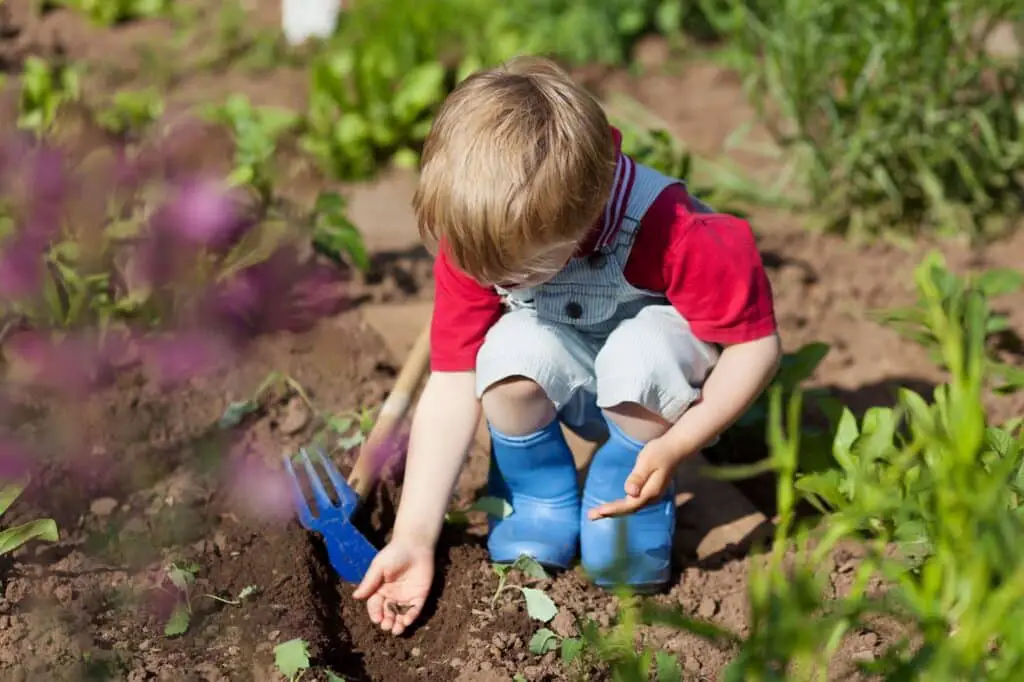
Conclusion
Naturalizing in gardening refers to the process of allowing plants to grow and spread in a way that mimics their natural habitat. It involves creating a harmonious and sustainable ecosystem where plants can thrive without excessive human intervention. Naturalizing mean is a popular approach among gardeners who value the beauty and ecological benefits of native plants.
One of the main advantages of naturalizing in gardening is the promotion of biodiversity. By allowing plants to grow and spread naturally, gardeners can create a diverse and resilient ecosystem that supports a wide range of wildlife. Native plants are particularly important for attracting and supporting local pollinators, such as bees and butterflies, which play a crucial role in the reproduction of many plant species.
Naturalizing in gardening can help conserve water and reduce the need for chemical fertilizers and pesticides. Native plants are adapted to the local climate and soil conditions, making them more resistant to drought and pests. By choosing native plants and allowing them to naturalize, gardeners can reduce their water consumption and minimize the use of harmful chemicals, contributing to a healthier and more sustainable environment.
Naturalizing in gardening is a holistic and environmentally-friendly approach that promotes biodiversity, conserves water, and reduces the use of chemicals. It allows plants to grow and spread in a way that mimics their natural habitat, creating a harmonious and sustainable ecosystem. By embracing naturalizing techniques, gardeners can not only create beautiful and vibrant gardens but also contribute to the preservation of local ecosystems and the protection of native plant species.



